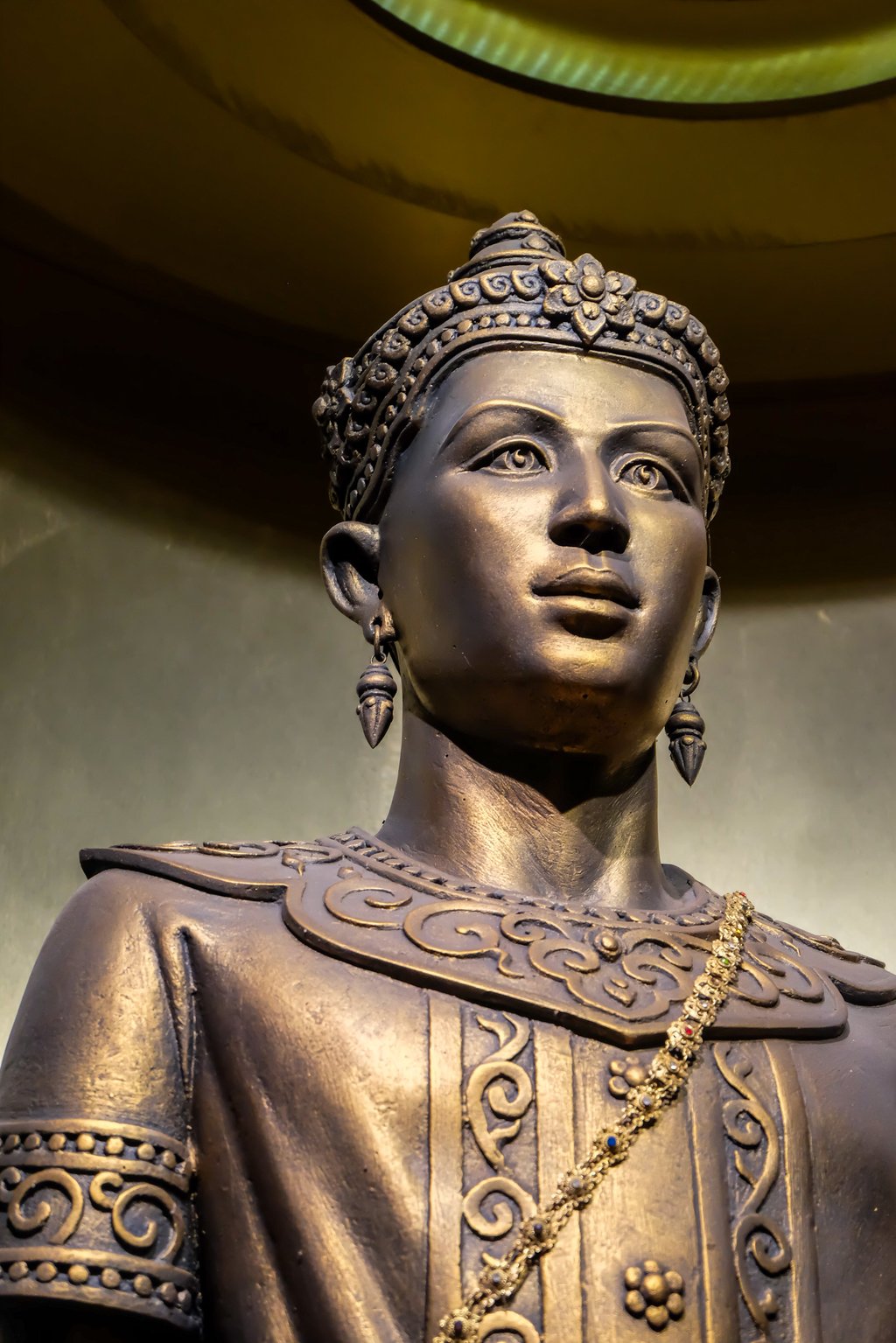Advertisement
Thailand’s ‘Lost Kingdom’ in suburban Chiang Mai, where ancient temples sit beside houses
- 5km south of Chiang Mai’s walled city, Wiang Kum Kam’s restored 13th century temples are a window to the past in a modern Thai neighbourhood
Reading Time:3 minutes
Why you can trust SCMP

Northern Thailand was once part of the Kingdom of Lanna – the name meaning “a million rice fields” – which, in its heyday between the 14th and 16th centuries, extended to parts of modern-day Laos, China and Myanmar.
Advertisement
Chiang Mai became the capital of this kingdom in 1296, but for a decade before that, King Mangrai ruled his domain from Wiang Kum Kam, 5km to the south of the city.
The region around Wiang Kum Kam was prone to flooding and after just five years, Mangrai began moving his base north to the plain between the mountain Doi Suthep and the Ping River, where he built the walled city of Chiang Mai.
While flooding was frequent at Wiang Kum Kam, archaeologists suspect there was a “super flood” that caused the southern site to be buried by sediment and abandoned altogether in the 16th century.

It was not until the 1980s that efforts to uncover the ruins were made by the Thai government’s Fine Arts Department.
Advertisement

Advertisement